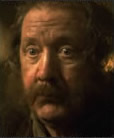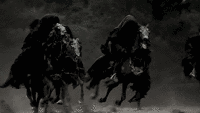Forum
Welcome Guest |
|
|---|---|
 Author Author |
Topic: |
|---|
| PotbellyHairyfoot |
|
||||||||
| Evil~Shieldmaiden |
|
||||||||
| Gandolorin |
|
||||||||
| Evil~Shieldmaiden | |||||||||
| Gandolorin |
|
||||||||
| PotbellyHairyfoot |
|
||||||||
| Gandolorin |
|
||||||||
| Elthir |
|
||||||||
| Gandolorin |
|
||||||||
| Elthir |
|
||||||||
| tarcolan |
|
||||||||
| Gandolorin |
|
||||||||
| Elthir |
|
||||||||
| Gandolorin |
|
||||||||
| Elthir |
|
||||||||
| Gandolorin |
|
||||||||
| Elthir |
|
||||||||
| Gandolorin |
|
||||||||
| Elthir |
|
||||||||
| Gandolorin |
|
||||||||
| Elthir |
|
||||||||
| Gandolorin |
|
||||||||
| Elthir |
|
||||||||
| Members Online |









 Events Generally considered to be Canon
Events Generally considered to be Canon










